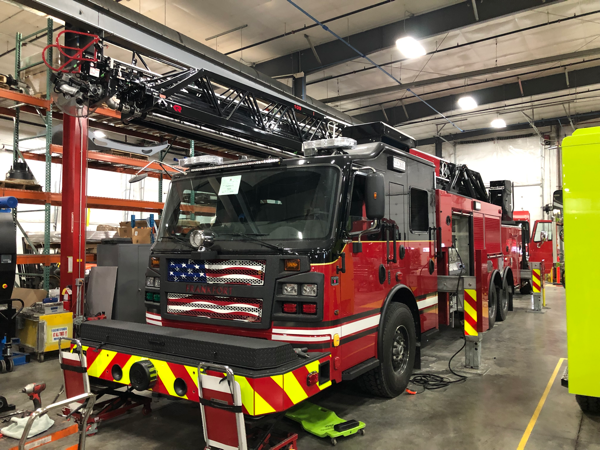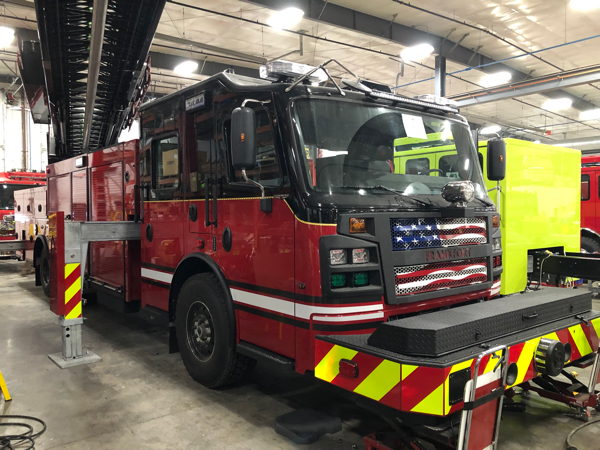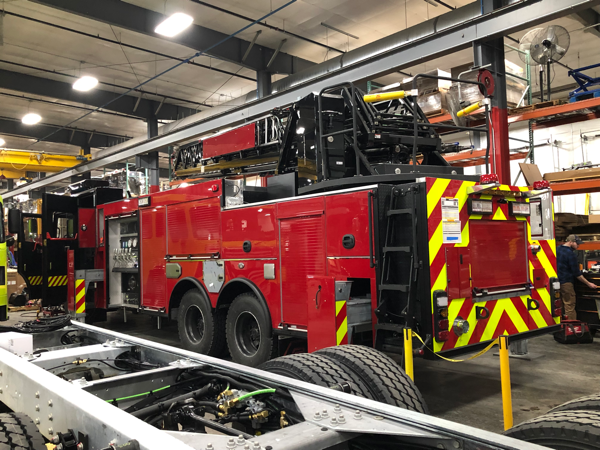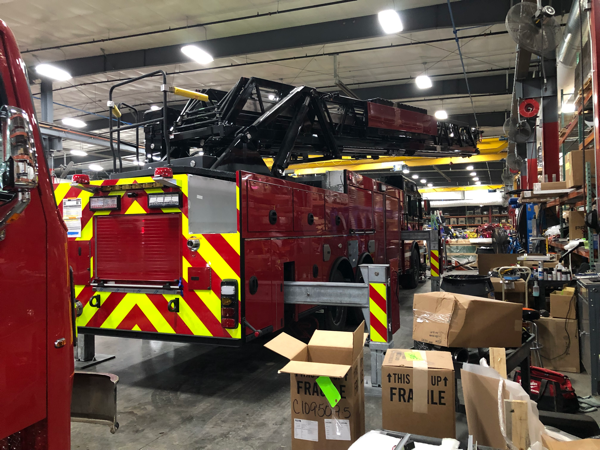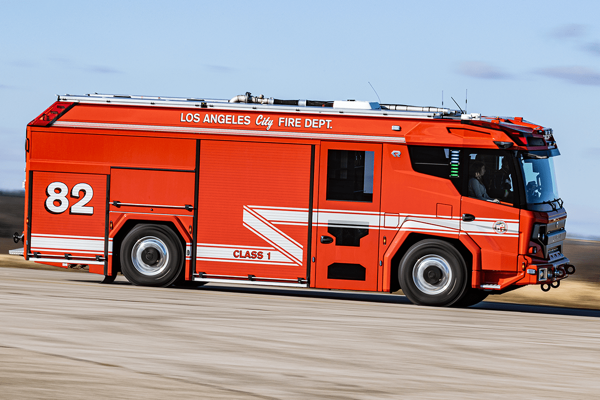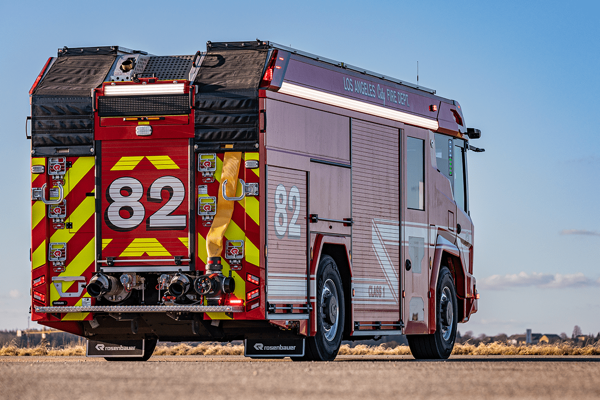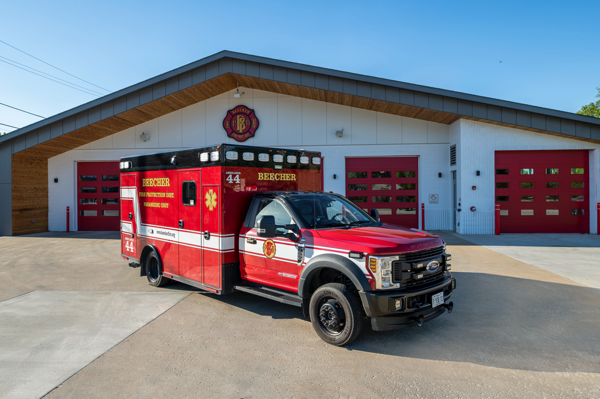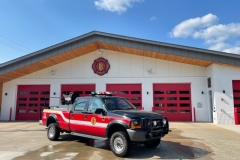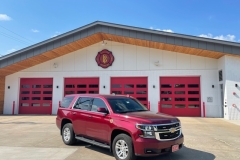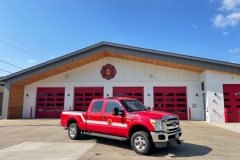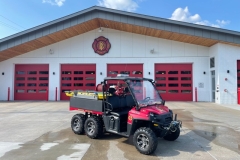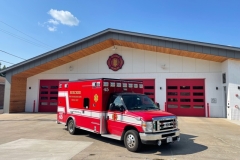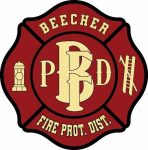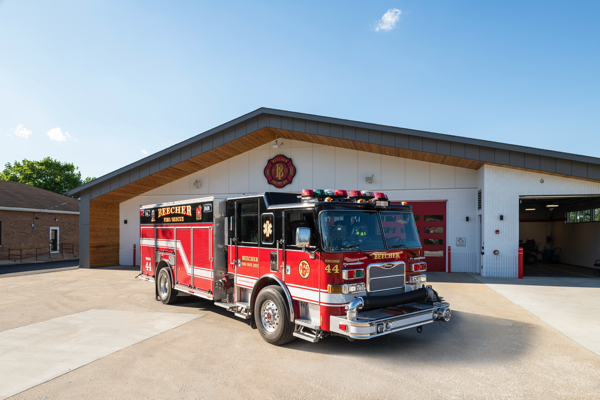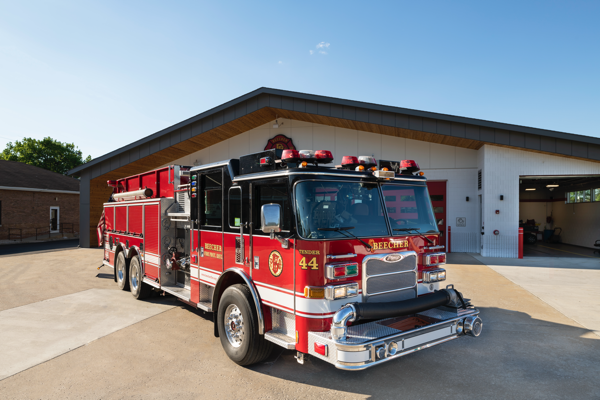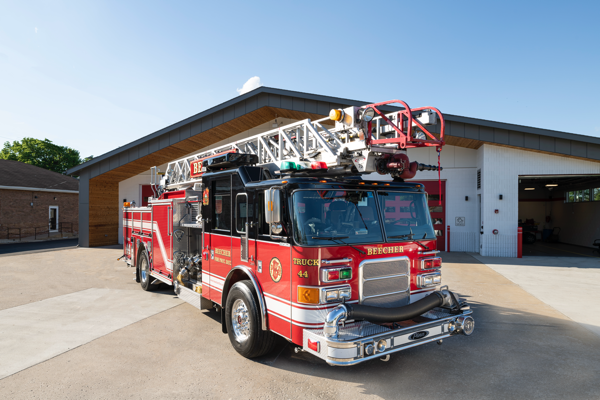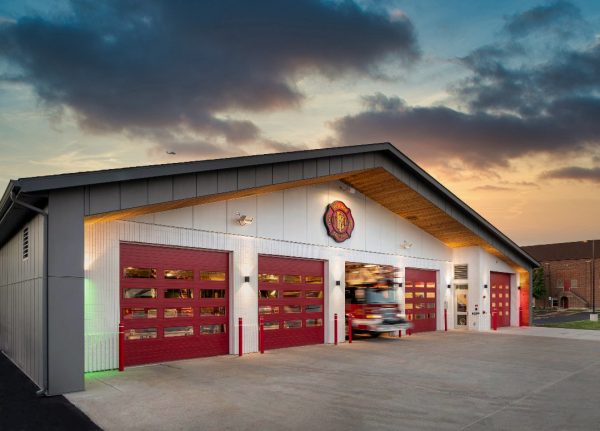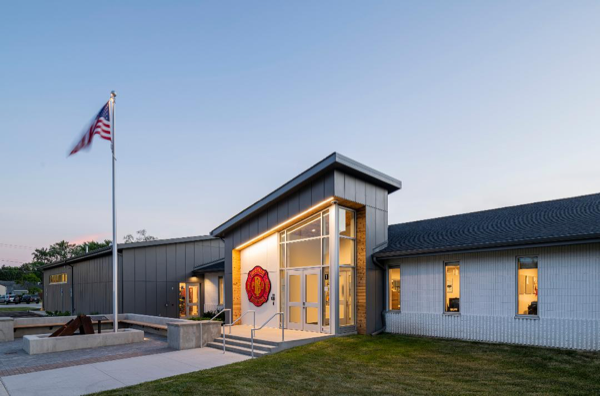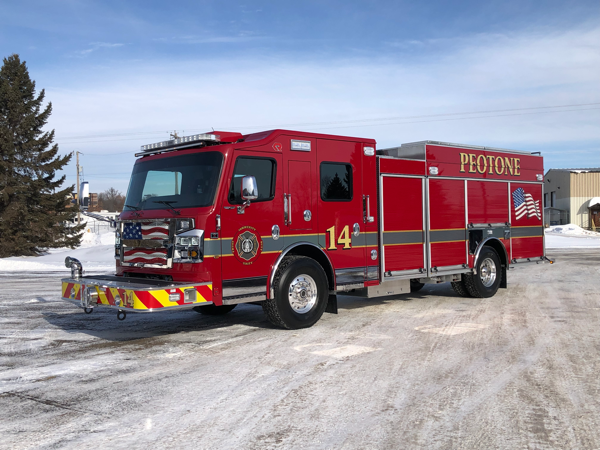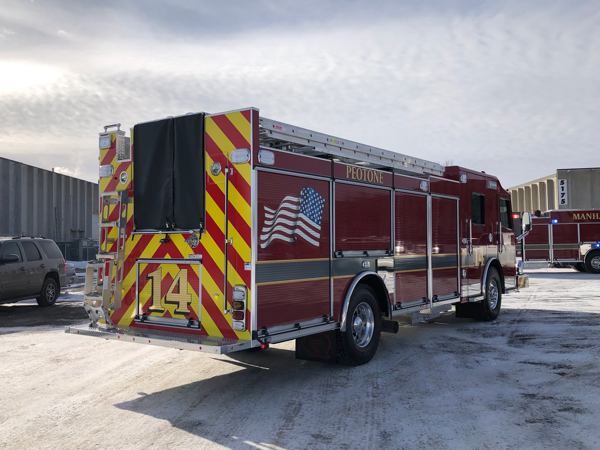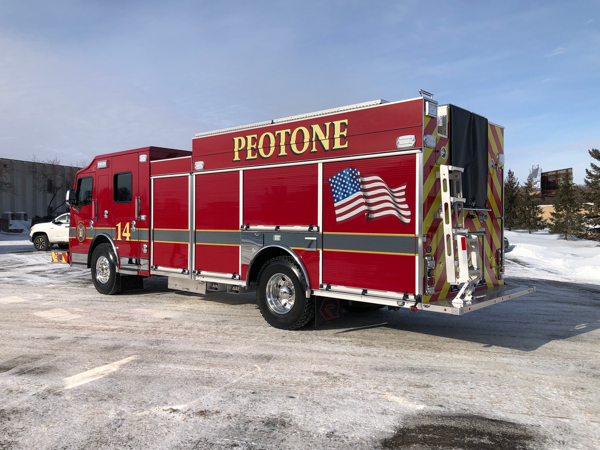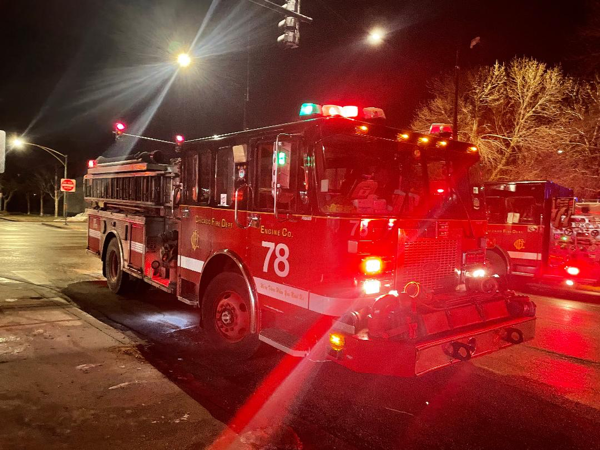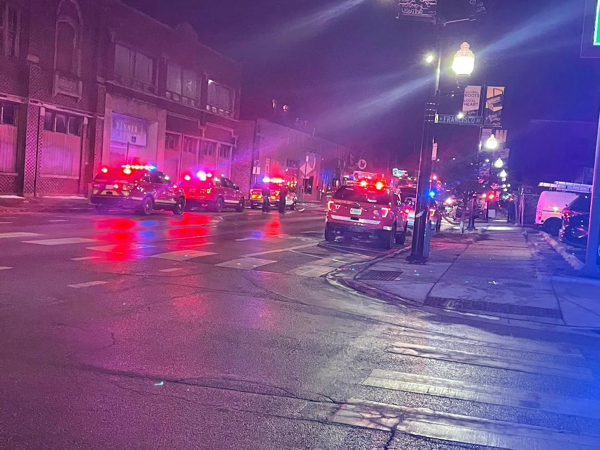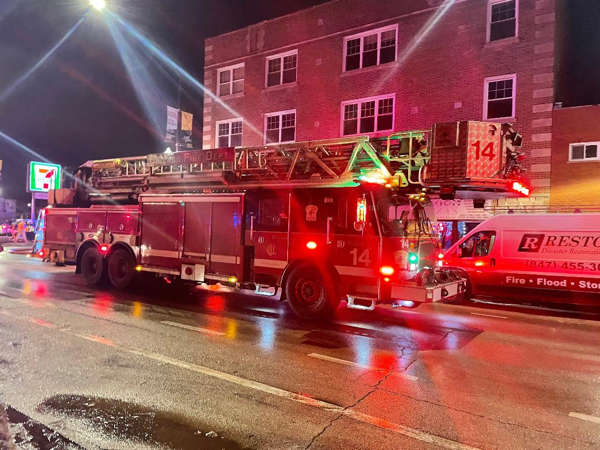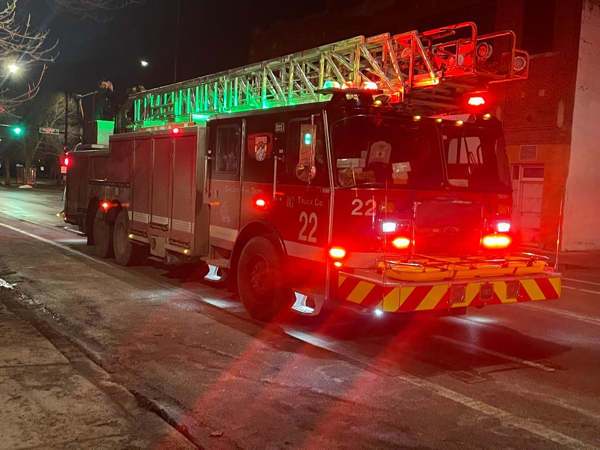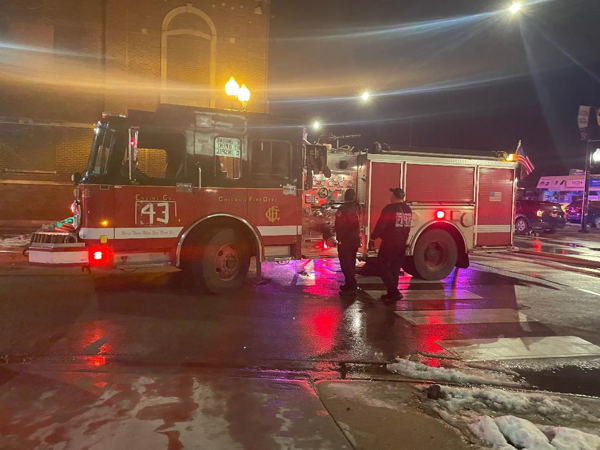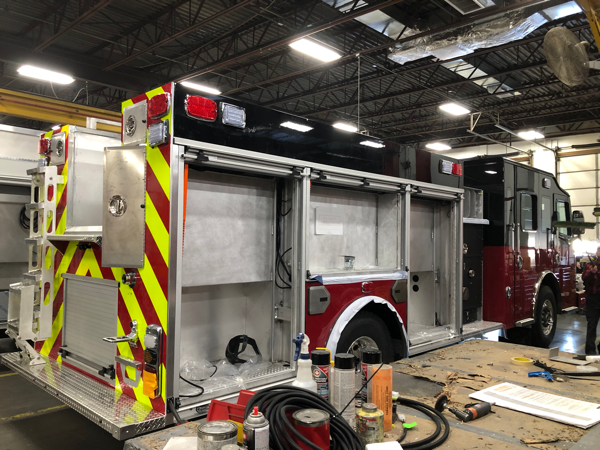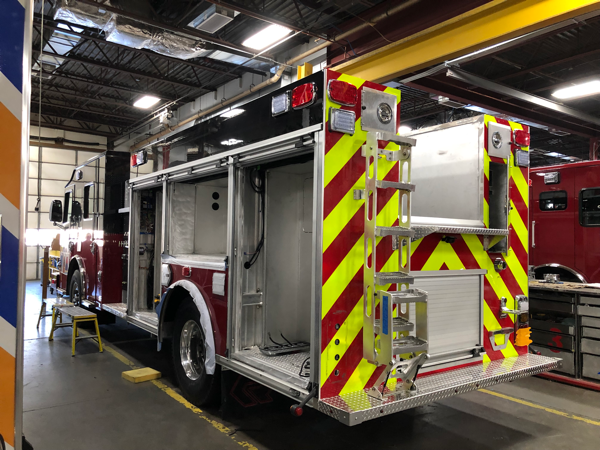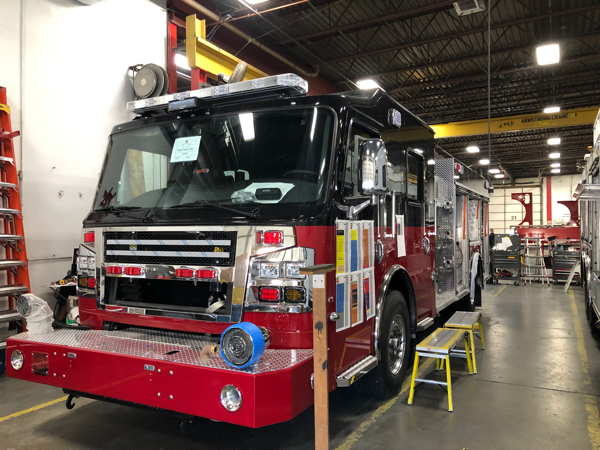Excerpts from chicago.cbslocal.com:
Retired Chicago Fire Lt. Dwain Williams was murdered in an attempted carjacking in late 2020, and on Saturday, he was commemorated with an honorary street name.
Loved ones, colleagues, friends, neighbors, and the mayor were present for the unveiling of four signs at the each corner of 95th and Peoria streets in Chicago’s Washington Heights neighborhood. The corner now has the honorary designation of Lt. Dwain P. Williams Way.
On Dec. 3, 2020, Williams, was leaving his a store at 11758 S. Western Ave. in Morgan Park when a stolen four-door dark-colored sedan pulled up and four males got out and bum rushed him. The carjackers fired at Williams who returned fire with his legally-possessed weapon. Williams was shot in the abdomen and was later pronounced dead at Advocate Christ Medical Center in Oak Lawn. Four people that were part of a carjacking ring have been charged with his murder.
